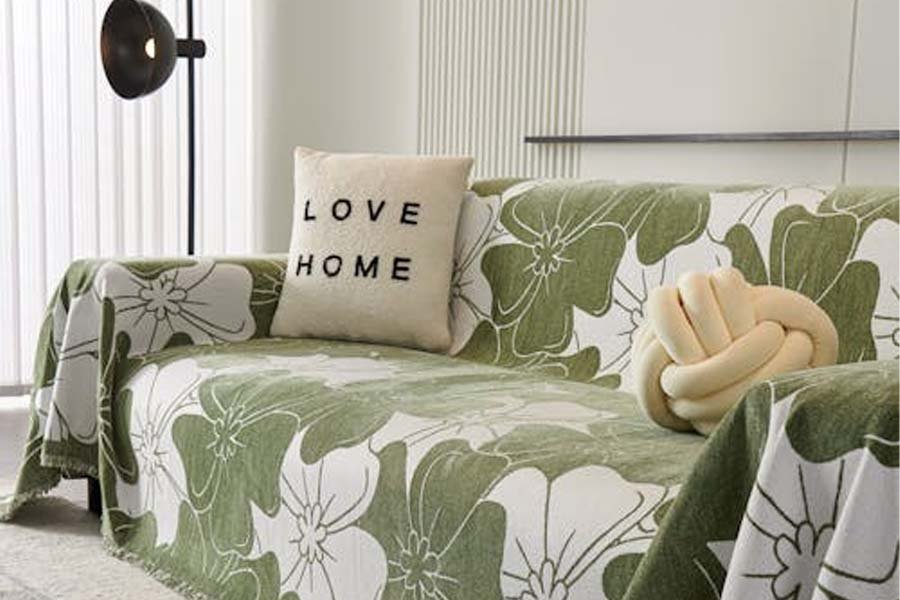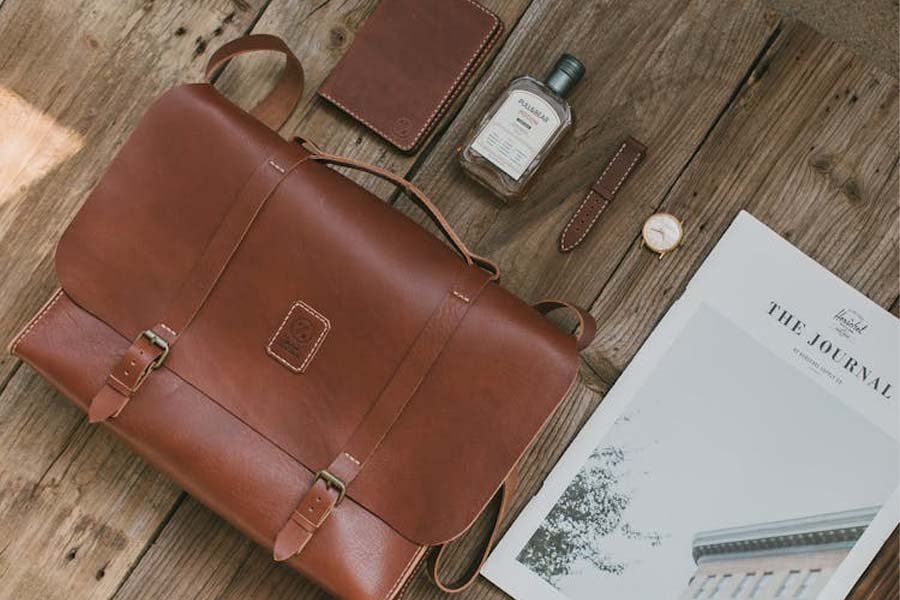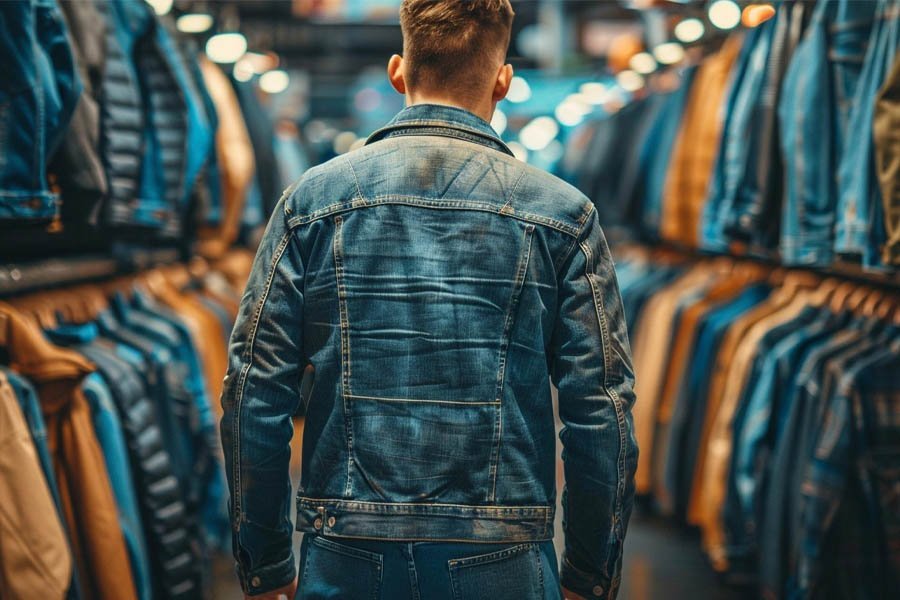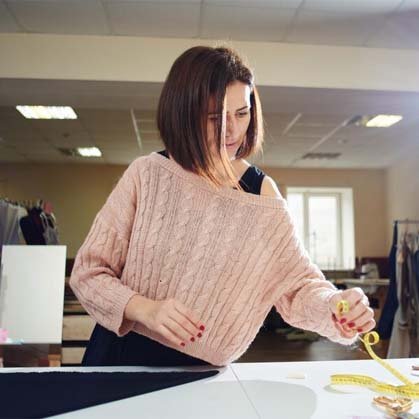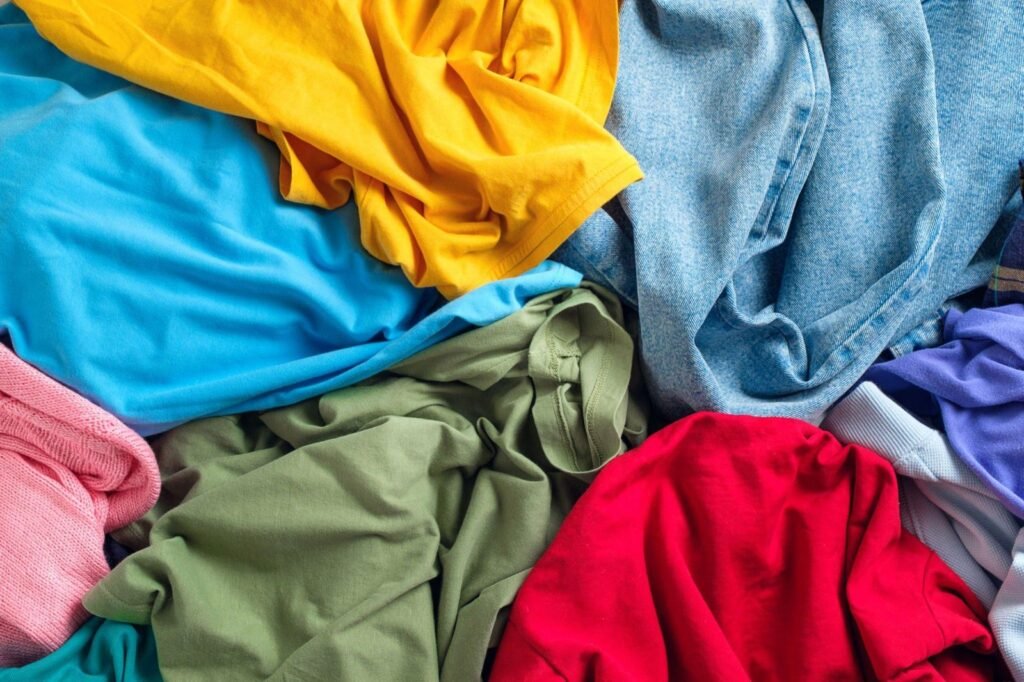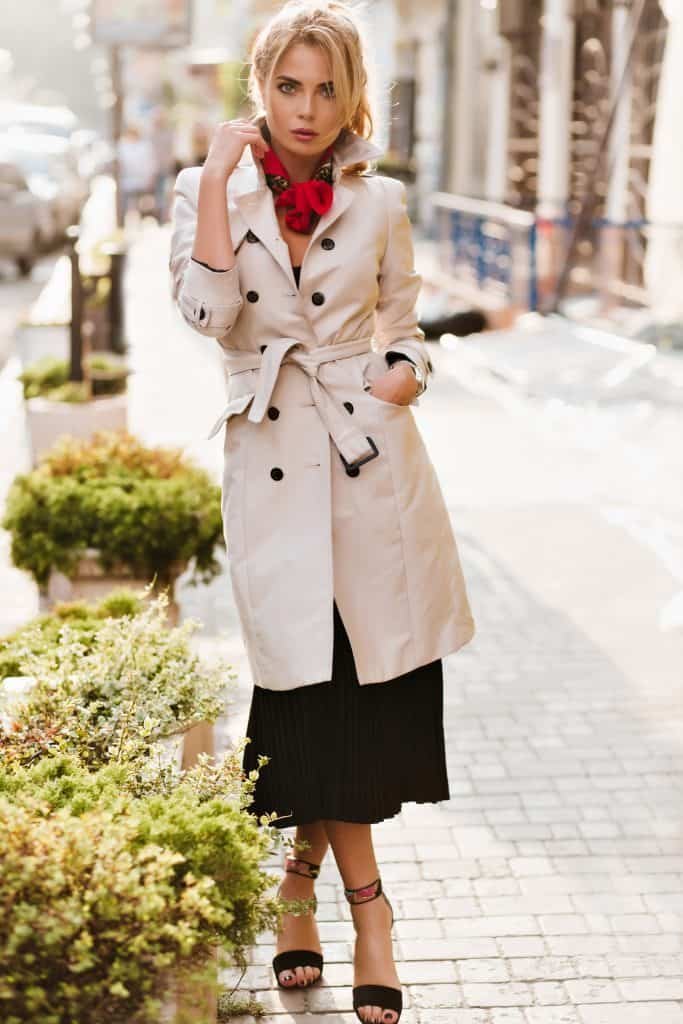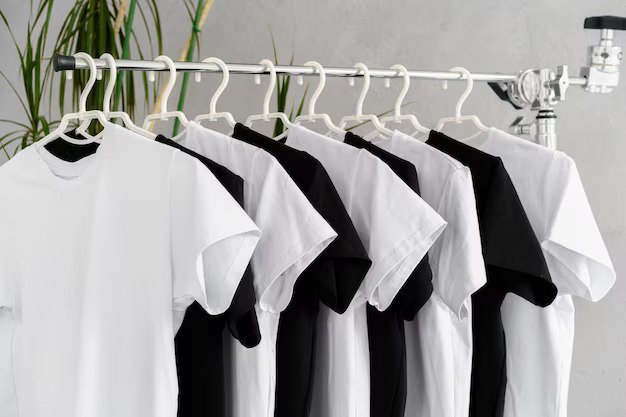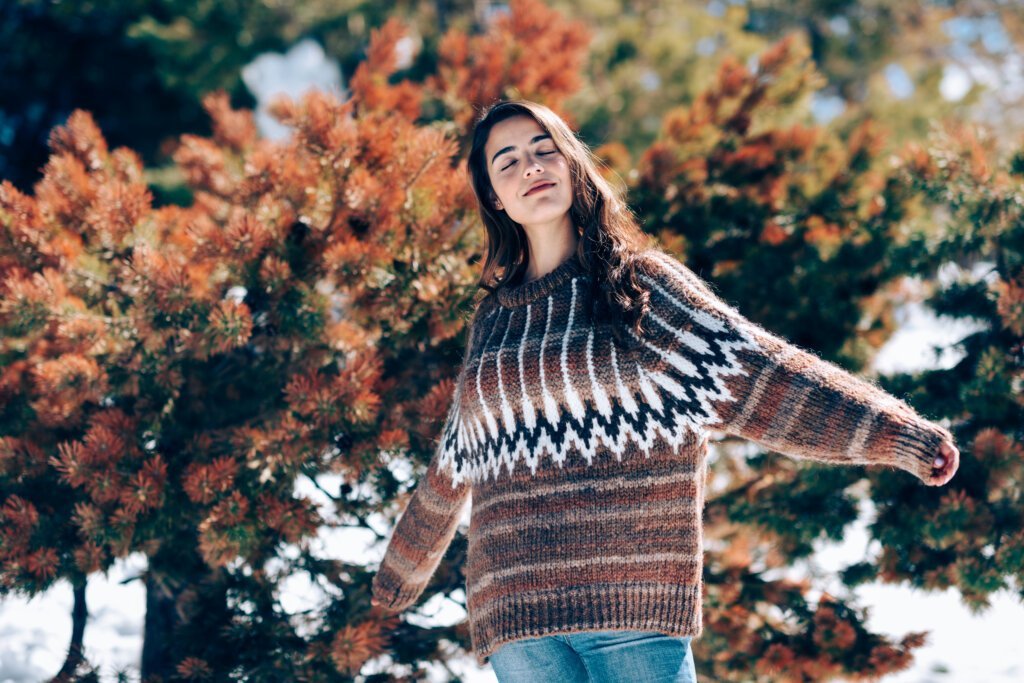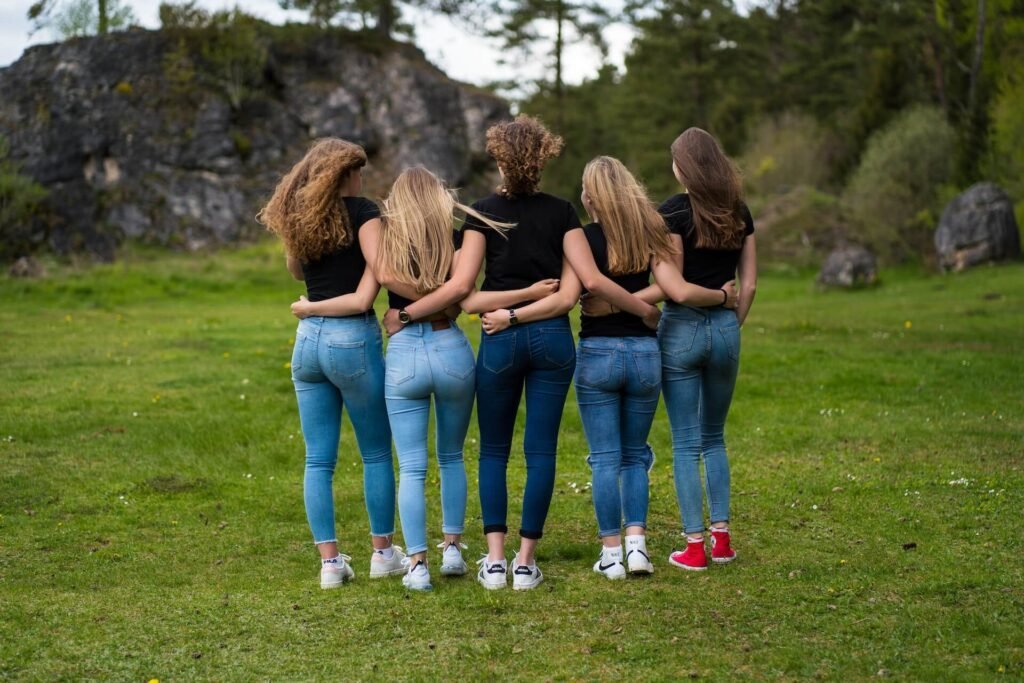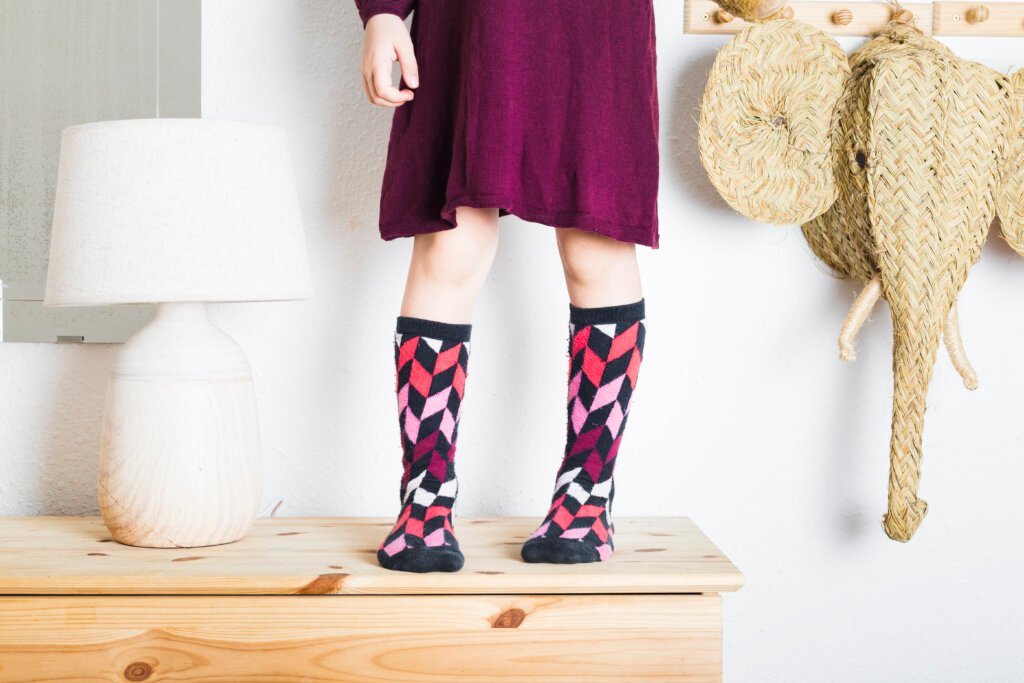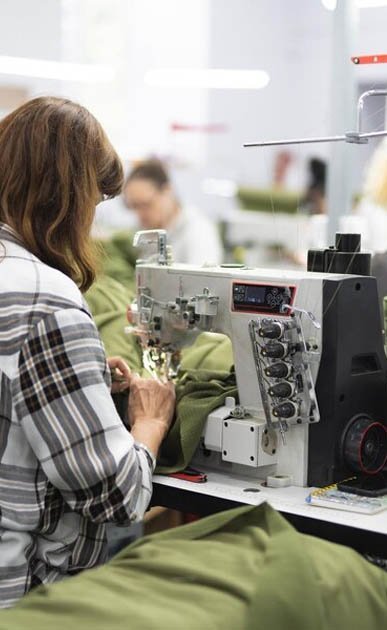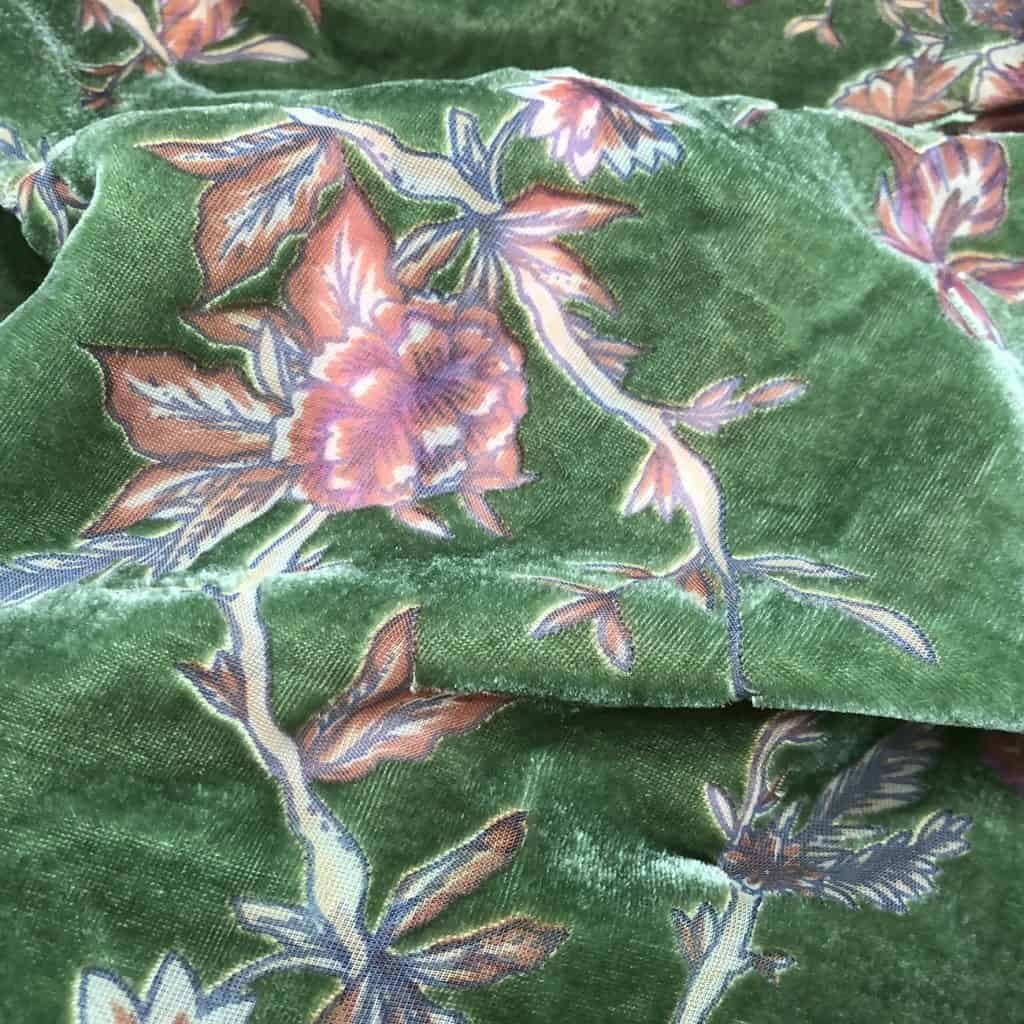
Velvet fabric is a luxurious and soft fabric made by weaving fibers together to form dense loops or tufts. It was initially made from silk but can now be produced using synthetic or natural fibers. It is used in clothing, upholstery, and home decor for its elegant appearance.
Velvet has a long history dating back to the 14th century, with its origins believed to be in East Asia. It was highly regarded because it was made from pure silk.
This luxurious material became popular and was traded along the Silk Road to European markets.
Learn about the various types of velvet, how to make them, and how to add a touch of luxury to your wardrobe and home decor.
What Is Velvet Fabric?
Velvet is a soft and elegant fabric commonly used in clothing, upholstery, and home decor. Its plush surface is created by weaving dense piles of fibers, and it adds opulence and sophistication to any setting. With its rich texture and luxurious feel, velvet symbolizes elegance and luxury.
Velvet fabric possesses a unique trait – the capacity to capture and reflect light. This attribute grants it a gentle shine and a remarkable play of hues. Thus, the fabric’s visual appeal is enhanced, emanating a radiant and alluring presence.
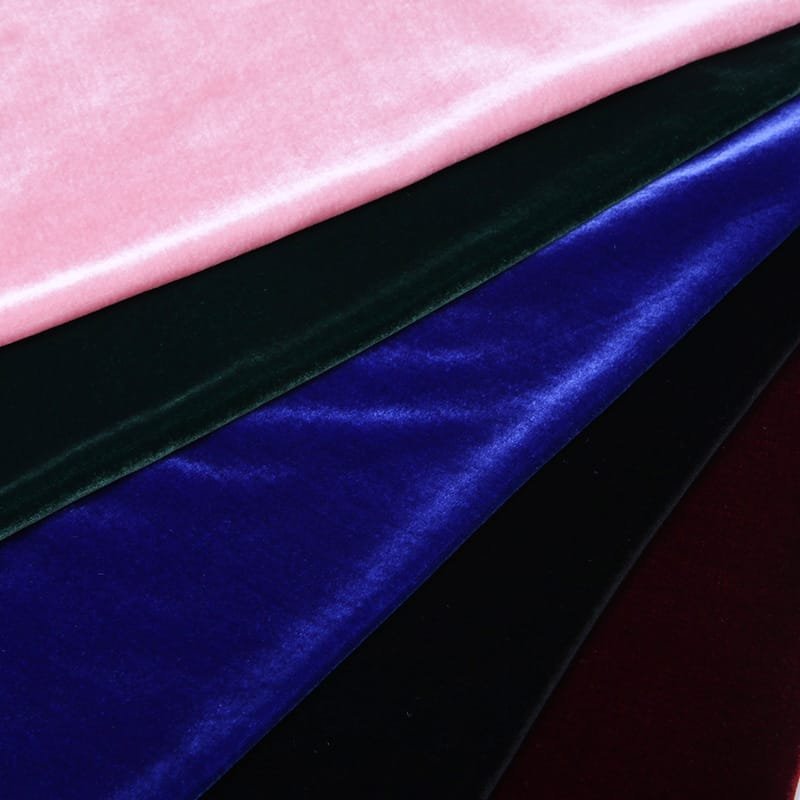
Types Of Velvet Fabrics
Silk velvet
Silk velvet is the most expensive type of velvet and is known for its captivating interplay of shadows and highlights as threads catch and refract light. It also has a smooth and silky texture that feels truly velvety to the touch.
Cotton velvet
Cotton velvet is a fabric made entirely of 100% cotton. Cotton velvet is made by weaving raised tufts or “pools,” together with warp threads. It has a beautiful sheen perfect for creating garments, pillowcases, upholstery, and curtains.
Rayon velvet
Rayon velvet is a type of velvet fabric made from rayon fibers. It provides a more affordable option to silk velvet while still maintaining a luxurious appearance.
Like silk velvet, rayon velvet has excellent drape qualities. However, it is less glossy and has a lower price point.
Polyester velvet
Polyester velvet is a versatile fabric that is appreciated worldwide for its unique properties. Made from synthetic polyester fibers, it remains comfortable throughout the year thanks to its insulation properties.
Crushed velvet
Crushed velvet is a special type of velvet that is processed to create a textured and uneven surface, giving clothes a luxurious and sophisticated feel.
How Is Velvet Fabric Made?
The process of creating velvet fabric involves two main steps: the weaving process and finishing.
During the weaving process of velvet fabric, two sets of yarns are used: the warp and the weft. The warp yarns are stretched vertically, and the weft yarns are woven horizontally through them. More loops are woven in to form the plush surface of velvet.
Once woven, the fabric undergoes a finishing process that can include various treatments, such as steaming, brushing, or pressing. These treatments enhance the texture and appearance of the velvet. The finishing step is crucial in achieving the desired softness, texture, and luxurious feel of the final velvet fabric.
The process of creating velvet fabric involves intricate weaving techniques followed by meticulous finishing to achieve the characteristic plushness that velvet is known for.
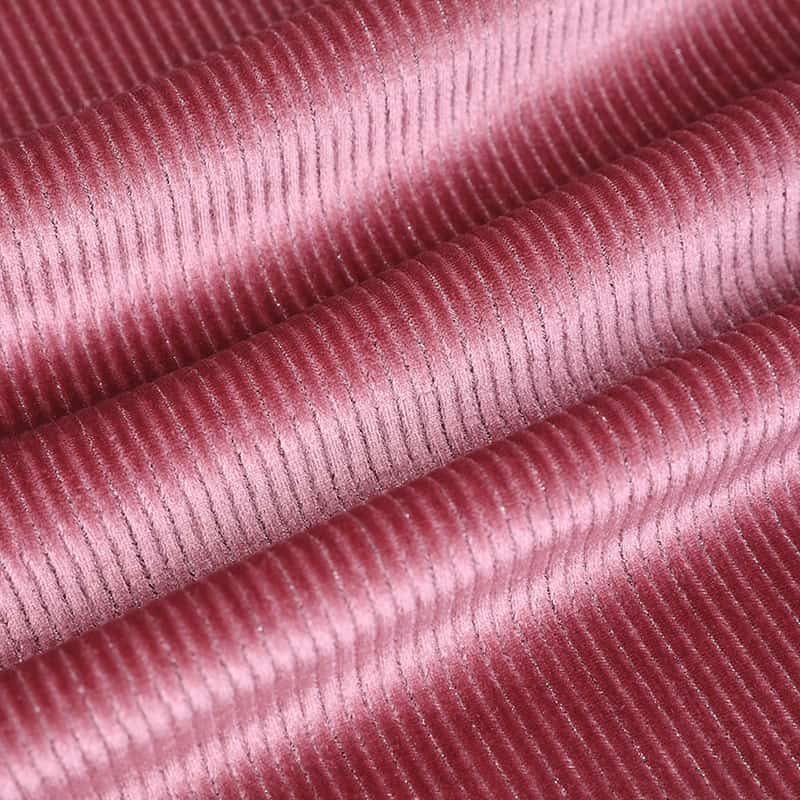
Uses of Velvet Fabrics
Clothing and fashion accessories
Clothing and fashion accessories are prominent areas where velvet finds extensive use. Velvet fabric is commonly used in clothing and fashion accessories to add luxury and elegance. It can be found in dresses, blouses, skirts, jackets, suits, scarves, gloves, hats, and handbags.
Upholstery and home decor
Velvet fabric is often used in upholstery and home decor. It can add elegance and richness to furniture, creating a luxurious and inviting ambiance in living spaces. Velvet fabrics are often used as home decor elements like curtains and throws.
Costumes and theatrical productions
Velvet fabric can greatly benefit theatrical productions. Its luxurious appearance and rich texture add grandeur to costumes, enhancing their visual impact on stage and helping to create captivating performances.
Automotive and transportation industry
Velvet fabric is used in the automotive and transportation industries to upholster car interiors, adding a touch of luxury and sophistication. Its soft texture provides a comfortable seating experience while enhancing the aesthetic appeal of vehicles, creating a stylish and elegant ambiance.
Whether it’s in cars, airplanes, or other modes of transportation, velvet adds a sense of refinement to the interior spaces.
FAQs about Velvet Fabric
What’s the difference between velvet and velour?
Velour and velvet may appear similar, but they are made from different materials. Velvet is usually made from silk, while velour is made from cotton or synthetic materials like polyester.
Although velvet is less shiny and thicker than velour, both materials have a plush feel. Velvet is delicate and expensive, while velour is durable and affordable.
Is Silk The Same As Velvet Fabric?
No, silk and velvet are not the same. Silk refers to a natural fiber obtained from silkworms, while velvet is a type of fabric with a distinct texture. While silk can be used to create velvet fabric, velvet can also be made from other fibers like cotton, rayon, or polyester.
Is Velvet Considered Luxury?
Velvet is undoubtedly considered a fabric synonymous with luxury. Its softness, plush texture, and rich appearance make it a symbol of opulence and elegance. Throughout history, velvet has been associated with wealth and prestige.
Conclusion
Velvet fabric is a luxurious and versatile textile that is renowned for its softness, plush texture, and captivating appearance. It has been used for centuries in various applications, including clothing, upholstery, and home decor.
When looking at velvet fabric, it’s important to consider its environmental impact. Its production requires resource-intensive processes that can have sustainability implications. Eco-friendly manufacturing techniques have helped reduce its environmental impact.


